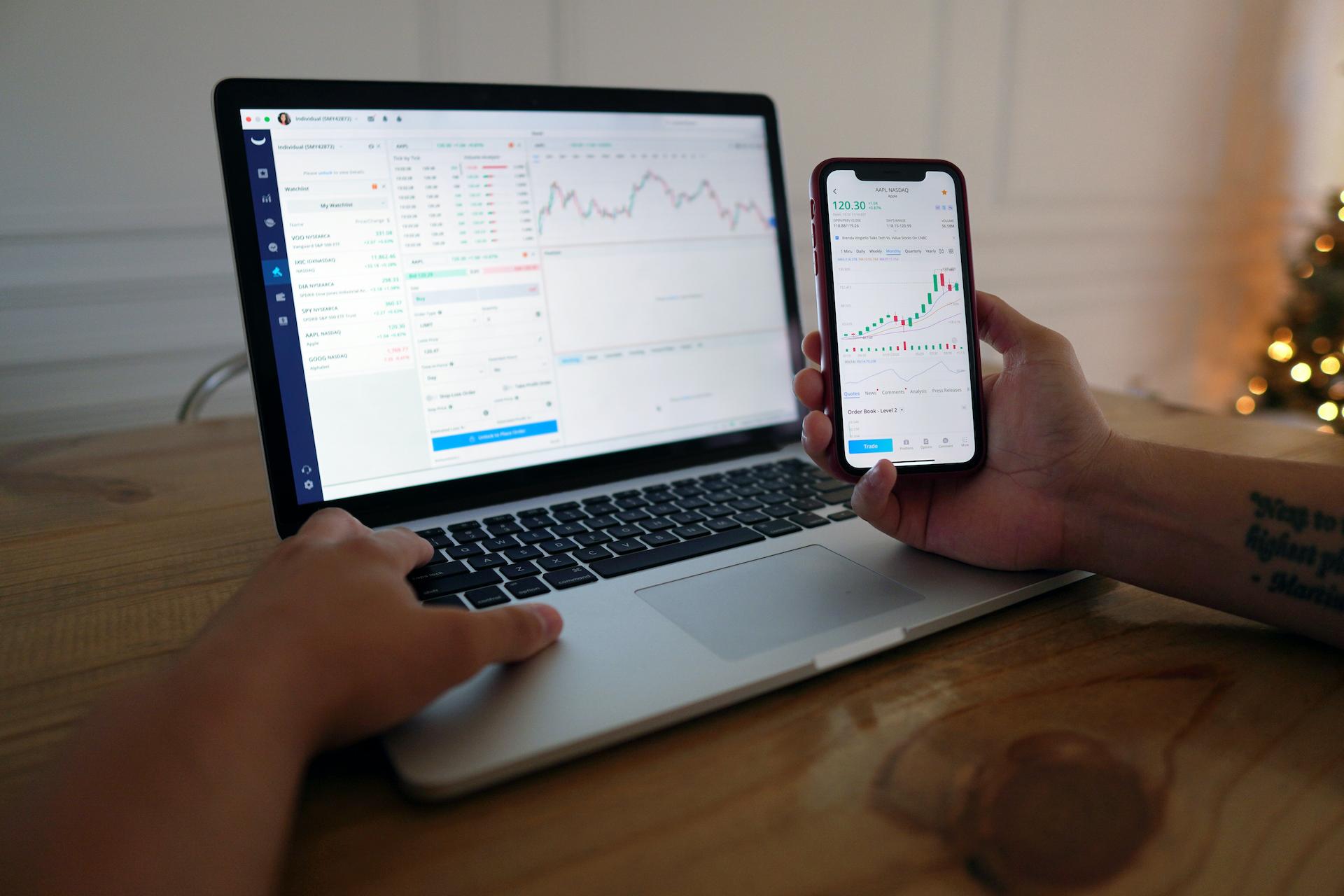As the equity markets hit the ground running in 2023, the US Telecom, Consumer Discretionary and real estate sectors led the way in the very first week of the year. Kavan Choksi mentions that at the start of 2023, interest rate sensitive stocks were performing especially well, while the energy stocks struggled as the weather in Europe was warmer than expected. This caused oil and natural gas prices to fall.
Kavan Choksi Gives A Brief Economic Outlook For The Year Of 2023 While Focusing On Recession
Global growth slowed in the year of 2022, as China’s COVID restrictions, curtailing of the reopening boost, the Russia-Ukraine war and monetary tightening became apparent. Global growth is expected to be about 1.8% in 2023, as the European recession contrasts with the resilience of the United States.
The US is expected to avoid a recession as its core personal consumption expenditure (PCE) inflation is likely to slow from 5% to 3% in late 2023, with just a 0.5% change to the unemployment rate. In order to keep the real income growth in check, the Fed may hike another 125 basis to a peak of 5-5.25% with no rate cuts expected this year. Despite a minimal change in employment levels in the country, inflation is expected to fall, as the current inflation cycle differs from previous high inflation periods.
The term “inflation” has been widely thrown around in recent times, and for a good reason. As the economic growth quashes, the signals appear to indicate that many economies, especially in Europe are heading towards a recession, if they are already not there. The US, however, is likely to avoid a recession even with a diminishing reopening boost, aggressive monetary tightening and declining real disposable income. This declining real disposable income has been a result of high inflation.
The United Kingdom and the Euro-zone are expected to have slipped into a recession. On the other hand, China shall be in the midst of a “growth” recession, which basically implies to less growth. These economies are expected to witness the worst by the middle of 2023 and start a slow recovery provided that the US escapes a recession. Tightening monetary situations shall keep economic growth low throughout the year.
In certain ways, 2023 will be a ‘tale of two halves’. As interest rate rise remains a concern for the first half of 2023, the performance of the stock market shall be relatively restrained, and sectors with low debts and stable earnings have greater odds of faring better. As central banks shift from the growth rates, growth stocks are likely to receive a kick in the second half of the year.
Kavan Choksi points out that concerns associated with global recession is expected to keep the United States Dollar strong in the early stages of 2023. As foreign growth risk subsides and the monetary policy becomes less aggressive, the dollar would naturally stabilize. The Covid-19 pandemic and strained geopolitical relationships have altered global trade fundamentally. A shift has been witnessed in the focus of international trade from trying to secure pricing dominance to maintaining geopolitical relationships and ensuring supply chain resilience.






